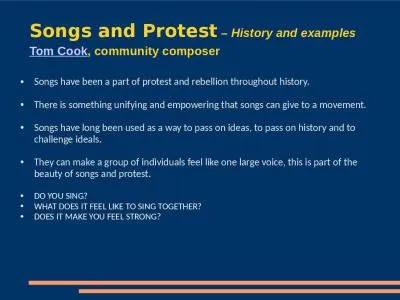PPT-Experiencing Culture through Songs, Dances and Stories
Author : kittie-lecroy | Published Date : 2016-07-11
Laura Webster presenter Ambassadors to the Music Room Yakima Round Dance used with permission from Sanna Longden Greeting Dance Circle facing the center Leader
Presentation Embed Code
Download Presentation
Download Presentation The PPT/PDF document "Experiencing Culture through Songs, Danc..." is the property of its rightful owner. Permission is granted to download and print the materials on this website for personal, non-commercial use only, and to display it on your personal computer provided you do not modify the materials and that you retain all copyright notices contained in the materials. By downloading content from our website, you accept the terms of this agreement.
Experiencing Culture through Songs, Dances and Stories: Transcript
Download Rules Of Document
"Experiencing Culture through Songs, Dances and Stories"The content belongs to its owner. You may download and print it for personal use, without modification, and keep all copyright notices. By downloading, you agree to these terms.
Related Documents

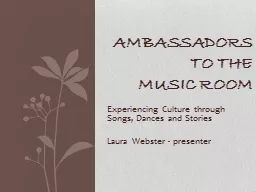
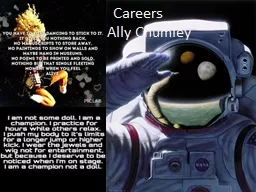
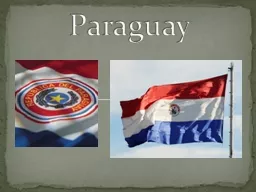
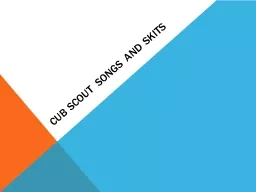
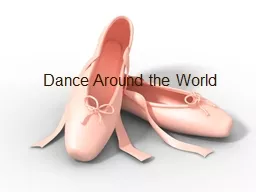
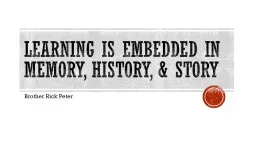
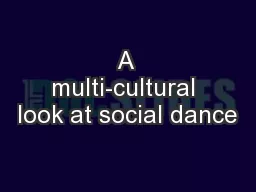
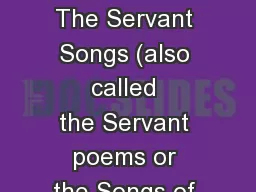
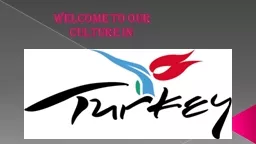
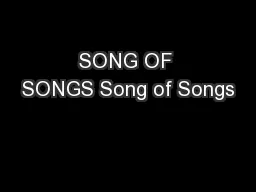
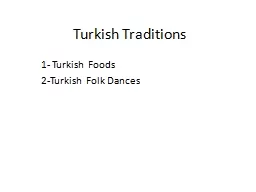
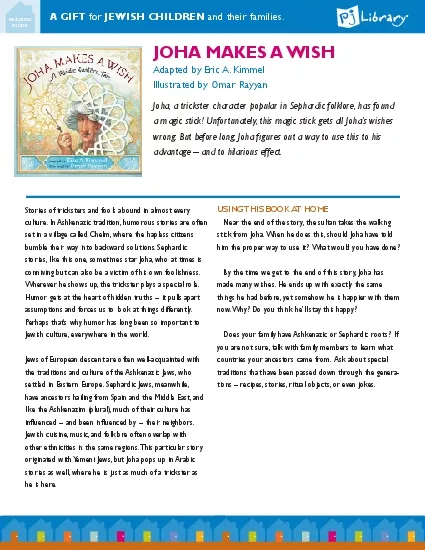
![[READ] Learn English Through Stories: 16 Stories to Improve Your English Vocabulary Learn](https://thumbs.docslides.com/1006295/read-learn-english-through-stories-16-stories-to-improve-your-english-vocabulary-learn-english-through-stories-16-stories-to-improve-your-english-grammar-and-english-vocabulary.jpg)
